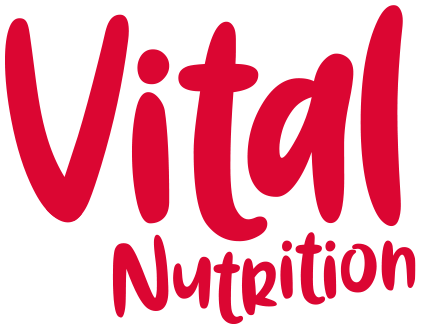You just can't beat growing your own food
Do you grow your own? Last year, as the world hibernated, many of us found solace in nature, and part of that was discovering how easy it is to grow food in our own back yards.
No matter whether you have acres of land or just a windowsill, all of us have a little space that we can dedicate to growing something we can eat.
This week I spoke to Jilly Dougan, from Keep Northern Ireland Beautiful, about some of the work she is doing in schools to create mini orchards where children can experience the joy of sowing, growing and eating fruit.
Schools across Northern Ireland have little patches of land where they have raised beds for vegetables, a little plot of land to grow fruit trees, or a small space to nature strawberry plants.
From strawberries, blueberries and raspberries, to apples, plums and pears, there are so many fruits that can be grown in a relatively small space, and take very little effort for a rich harvest.
The great thing is that growing your own fruit and veg can be easy. It doesn't have to take up a lot of time, require a lot of skill and once you get into the habit, you'll want to grow all sort of different foods in your little plot.
From a nutritional viewpoint, you just can't beat growing your own food.
Picking something straight from your own garden and having it on your plate immediately means that all the nutrients are preserved, and the flavour is like nothing you can buy in the supermarket - not to mention the effects on our planet.
The food miles are non-existent, and it will make all the difference to the amount of plastic we use.
If you have never grown your own, then there are some easy things you can start with.
Salad Leaves
The great thing about growing your own salad is that will discover so much flavour and variety. Choose a pack of seeds that looks colourful, with lot of variety of different leaves and you will be packing so much nutrition into your diet. Beta carotene, magnesium, vitamin C and K, iron, calcium, potassium and loads of antioxidants.
Jilly Dougan says: "Salad leaves are easy to grow, and if you grow cut-and-come-again varies, you could be picking salad leaves from late spring through to late autumn."
All you need is a pot, a packet of seeds and some patience. Pop some compost into a pot, bucket, trough, or any container you want (just make sure there are drainage holes in the bottom off your container), sprinkle the seeds on top and cover with a very thin layer of compost. Give it some water, and in a few short weeks (about four), you will have some tasty salad leaves. Just make sure the soil is kept moist.
It is a good idea to have two pots going at once, so as soon as you start to see little seedlings appear, get sowing your second pot. Keep this rotation going, and you will have delicious and nutritious salad leaves all summer long.
Other easy foods to grow are:
Radishes
Peas and beans
Pumpkins
Courgettes
Spinach
Kale
Beetroot
Micro greens
Pea shoots
Scallions
Herbs are a kitchen garden essential too. They will add a pop of flavour to your food, lots of powerful antioxidants and are so much better than buying endless bags of herbs wrapped in plastic.
Or why not try some edible flowers like nasturtiums, violas or calendula. Pop a few in your salad to make it look beautiful and a bit fancy.
Whatever you are up to this weekend, make a little time to plant something you can eat, and watch it grow.
This blog post first appeared as my column in The Irish News on Saturday 29 May 2021.

